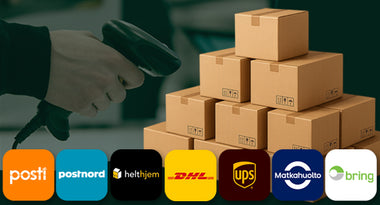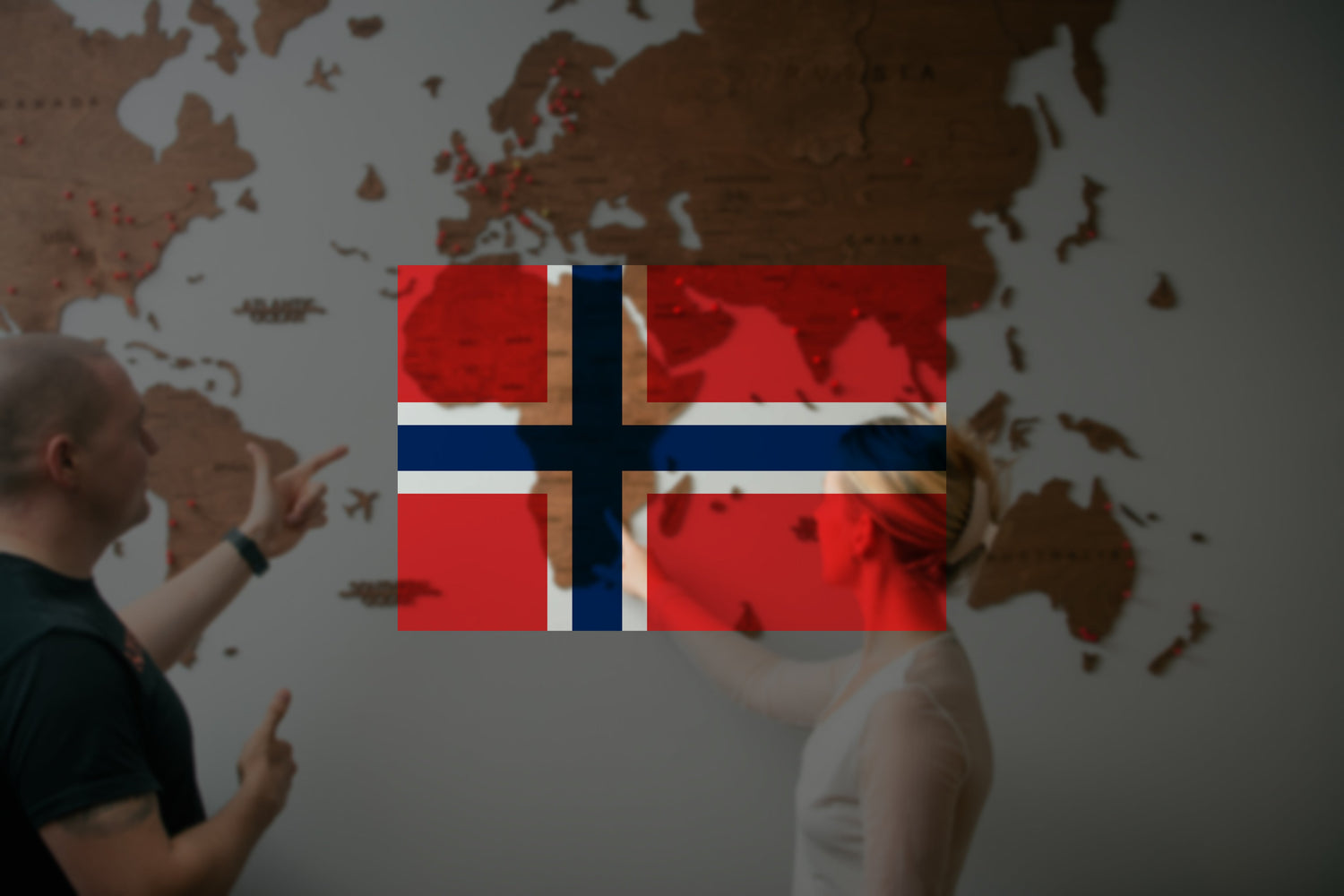Expanding your Shopify store to Norway presents a great opportunity, but since Norway is not part of the EU, merchants need to navigate customs regulations, VAT requirements, and shipping procedures carefully. This guide will help you understand the key aspects of shipping to Norway smoothly and efficiently.
Customs & import regulations in Norway
Since Norway operates outside the EU, all shipments must go through customs clearance. This means that VAT, duties, and required documentation play a crucial role in ensuring a hassle-free shipping experience.
- VAT & Duties: Norway’s standard VAT rate is 25%, which applies to most goods. Some product categories may have additional customs duties. Previously, shipments under NOK 350 were exempt from VAT, but this exemption has been removed. Now, all shipments are subject to VAT, and merchants must ensure they collect and remit it properly to avoid any issues.
- VOEC Scheme: For shipments valued below NOK 3,000, the VOEC (VAT on E-Commerce) scheme allows foreign merchants to register, collect VAT at checkout, and simplify the import process. If the shipment exceeds NOK 3,000, the buyer must pay VAT and duties upon delivery.
-
Required Documentation: To ensure smooth customs clearance, merchants must include:
- A commercial invoice detailing the product description and value. Commercial invoice is required when shipping from outside EU countries to Norway.
- A CN22 or CN23 customs declaration form (depending on the shipping method and value).
- If registered under the VOEC scheme, the VOEC number must be displayed on the package and invoice.
What Is a VOEC Number and How to Register For One?
The VOEC (VAT on E-Commerce) scheme simplifies VAT collection for low-value shipments to Norway. If you're selling directly to Norwegian consumers and your order value is below NOK 3,000, registering for VOEC is essential. This allows you to charge and remit VAT at checkout, preventing unexpected fees for your customers upon delivery.
How to register for a VOEC number:
- Visit the Norwegian Tax Administration website.
- Sign up as a foreign seller.
- Obtain your unique VOEC number.
- Collect 25% VAT on applicable orders and ensure your VOEC number is displayed on invoices and customs forms.
- Submit VAT reports periodically to the Norwegian Tax Administration.
Returns and refunds
Handling international returns can be challenging, but clear policies help build trust with Norwegian customers.
- Return Shipping Costs: Clearly define who will cover return shipping costs—whether you as the merchant or the customer.
- Local Return Address: Consider using a third-party logistics provider (3PL) with a Norwegian return address to simplify returns and reduce costs.
- Refund Processing: Ensure that your refund processing time aligns with Norwegian consumer protection laws.
Dealing with potential shipping delays and issues
Shipping internationally always comes with the risk of delays, and Norway is no exception. Customs clearance, weather conditions, and carrier disruptions can all impact delivery times.
To minimize delays, ensure all customs documentation is complete and accurate. Packages missing a commercial invoice (for non EU shippers) or a properly declared VOEC number may be held at customs, causing extended wait times. Additionally, choosing reliable shipping carriers like DHL, UPS, or Posten Norge (Bring) can help improve delivery consistency.
Providing customers with real-time tracking information reduces frustration if a shipment is delayed. Clear communication about estimated delivery times and potential customs processing is essential for managing customer expectations. If a package is significantly delayed, work with your shipping carrier to investigate the issue and offer proactive customer support.
Common mistakes to avoid
Many Shopify merchants make mistakes when shipping to Norway, leading to delays, extra costs, or customer dissatisfaction.
- Failing to register for VOEC: Without proper registration, packages can get stuck in customs, causing significant delays.
- Incorrect customs declarations: Mislabeling products or underreporting their value can result in shipments being delayed or even returned. Always double-check all forms before shipping. Or use app like Packrooster Shipping for automatic custom declaration documents.
- Not offering tracking: Norwegian customers expect reliable delivery updates, so providing a tracking number helps build trust and reduces customer inquiries.
- Ignoring local shipping preferences: Many Norwegian customers prefer delivery via Bring (Posten Norge). Offering this option can improve customer satisfaction.
By following these guidelines, you can streamline your shipping process to Norway and ensure a seamless shopping experience for your customers.
To further optimize your shipping workflow, consider using Packrooster Shipping in your Shopify store to automate shipping label creation, customs documentation and carrier integrations. With the right approach, you can successfully expand your Shopify business to Norway and provide an excellent customer experience.
Don't have Packrooster Shipping yet in your Shopify store? You can install Packrooster Shipping from Shopify app store.




